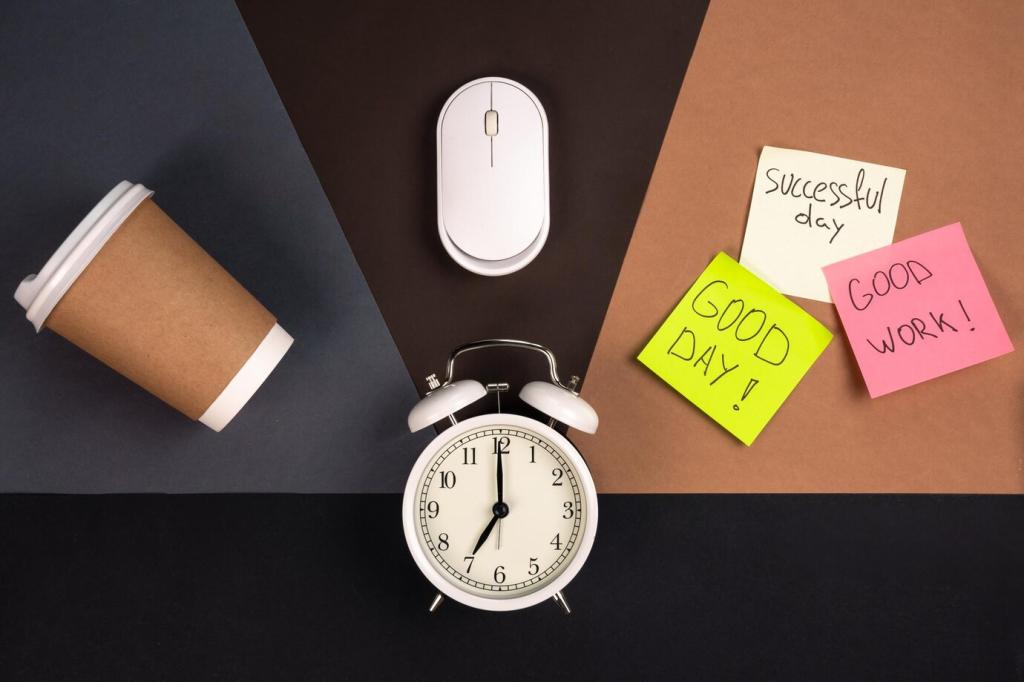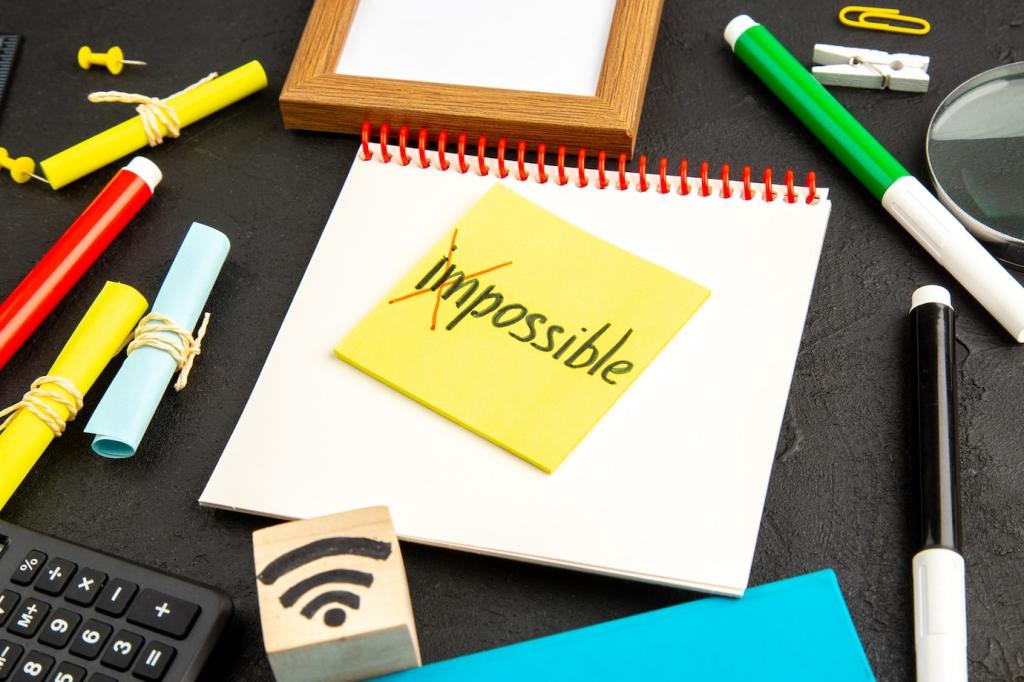Getting Started: Setting Up Your First Standing Desk
Keep elbows near ninety degrees, wrists neutral, and shoulders relaxed. Set monitor top at eye level, about an arm’s length away. If you wear progressives, lower the screen slightly to prevent neck strain.
Getting Started: Setting Up Your First Standing Desk
Supportive shoes and a quality anti-fatigue mat reduce pressure on joints, helping you stand longer with comfort. Add brief movement breaks—stretch calves, shift weight, or stroll for water—to keep clarity humming.
Getting Started: Setting Up Your First Standing Desk
Level your desk, center the keyboard, align the mouse, square your stance, soften knees, check screen glare, tweak lighting, test typing height, confirm cable slack, and note any pressure points to adjust tomorrow.
Getting Started: Setting Up Your First Standing Desk
Lorem ipsum dolor sit amet, consectetur adipiscing elit. Ut elit tellus, luctus nec ullamcorper mattis, pulvinar dapibus leo.





